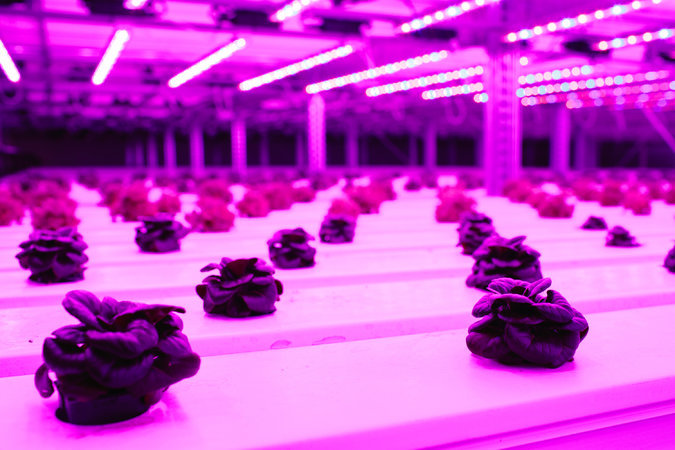Cauliflower Fried Rice Recipe
Joyce Park stashed this in Food
Stashed in: Good Eats!, Awesome, Vegetables!, Yum, Recipes!, Things that might get made, Vegetarian food
I don't eat Paleo but I super-love cauliflower! Just like the blogger here, I actually prefer cauliflower fried "rice" to normal fried "rice".
This is excellent. Will any cauliflower do?
A question that I have never thought to ask... "will any cauliflower do?"Which caused me to investigate: http://homeguides.sfgate.com/varieties-cauliflower-26830.htmlWhere I discovered that the edible portion of the cauliflower plant is actually the head of flower buds, called the curd.
Who wants to eat purple "rice"? That is not right.
Actually, I was thinking that sounds appealing.
Black, purple and blue foods are especially good at staving off dementia. (rustling thru my stashes)
There are blue foods?! I mean, besides blueberries...
Blue corn and blue potatoes....
Sacre Bleu!
Richly concentrated as pigments in berries, anthocyanins were the topics of research presented at a 2007 symposium on health benefits that may result from berry consumption.[42]
According to a 2009 study: "A growing body of evidence suggests anthocyanins and anthocyanidins may possess analgesic properties in addition toneuroprotective and anti-inflammatory activities".[43]
Plants rich in anthocyanins are Vaccinium species, such as blueberry, cranberry, and bilberry; Rubus berries, including black raspberry, red raspberry, and blackberry; blackcurrant, cherry, eggplant peel, black rice,Concord grape, muscadine grape, red cabbage, and violet petals.
The highest recorded amount appears to be specifically in the seed coat of black soybean (Glycine max L. Merr.) containing some 2,000 mg per 100 g[14] and in skins and pulp of black chokeberry (Aronia melanocarpaL.)
Nature, traditional agriculture, and plant breeding have produced various uncommon crops containing anthocyanins, including blue- or red-flesh potatoes and purple or red broccoli, cabbage, cauliflower, carrots, and corn.
Anthocyanins can also be found in naturally ripened olives,[21] [22]and are partly responsible for the red and purple colors of some olives.[21]
Some tips:
* Pulsing the cauliflower in the food processor gives a really small and watery result, and often requires several batches. I prefer to use the grating disc.
* I bake my riced cauliflower on a cookie sheet in the oven with a little bit of olive oil, till it is a little toasted on the outside and soft on the inside. Some people prefer to microwave theirs for a softer but watery result. Remember you can cook the cauliflower "rice" ahead of time, like once a week, and keep it in the fridge for whenever you need rice or couscous.
* They call for lard as the cooking fat here, and although I have nothing against lard I must say that BUTTER + SOY SAUCE is proven to be the pinnacle of umami. You can cook in a neutral oil like peanut and then put a pat of butter on right before you serve. I think the coconut aminos is some Paleo sub for soy sauce.
* I use frozen peas and carrots, and I'm not sorry. Also this is a great way to use up random leftover meats and veggies.
* I do NOT use onions in this dish. I do use a little bit of ginger, sliced into coins.













11:14 AM Mar 16 2014